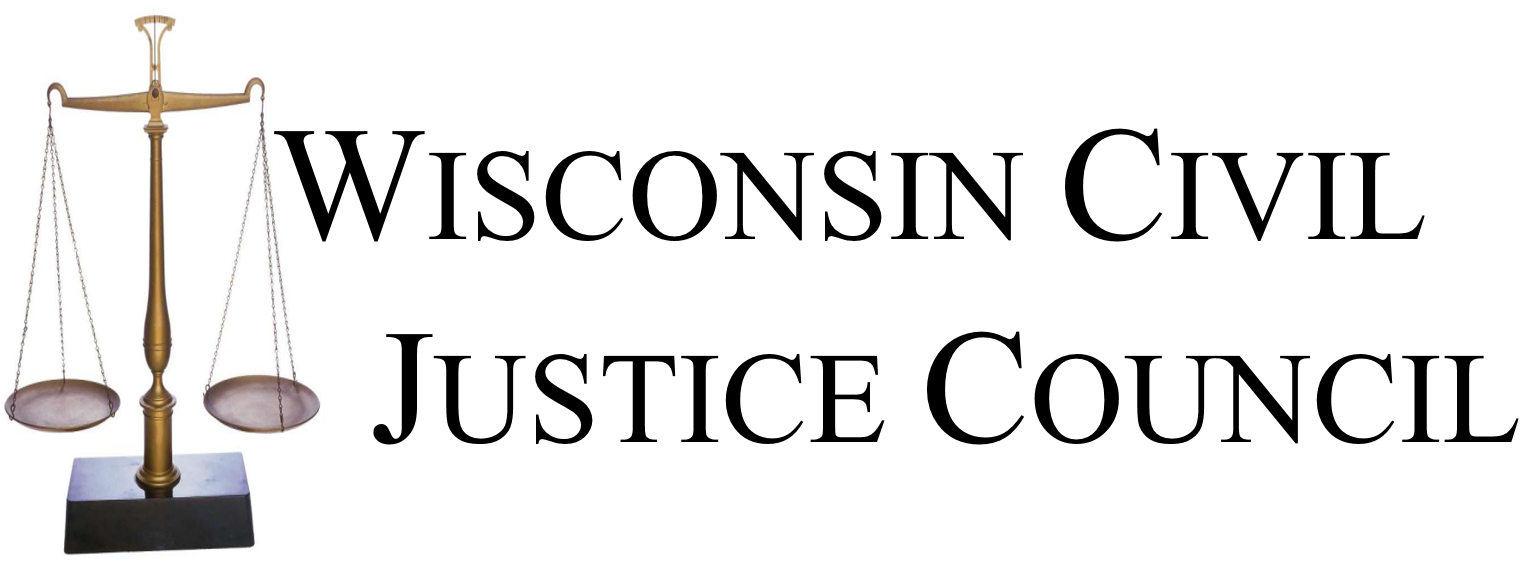In Schroeder v. Zurich American Insurance Co. (2018AP1737), the Court of Appeals District IV dismissed a personal injury case against a government contractor on the grounds of governmental immunity.
Keith Schroeder was injured when he rode his motorcycle over loose gravel on a road Fahrner Asphalt Sealers had been repairing for the Town of Fulton. Schroeder sued Fahrner for negligence. Fahrner argued it was an “agent” of the town entitled to governmental immunity under Wis. Stat. § 893.80(4).
The appeals court determined that Fahrner was a government “agent” entitled to immunity because
- The town had approved precise specifications in the contract for the road work.
- Fahrner conformed to those specifications.
- There were no dangers related to the work about which Fahrner knew and failed to warn the town.
Finally, the court determined Fahrner was implementing the town’s “legislative or quasi-legislative acts” in performing the road work.
Since these elements for establishing agency for the purpose of governmental immunity applied, the court held that Fahrner was immune from liability and dismissed Schroeder’s personal injury claim.
